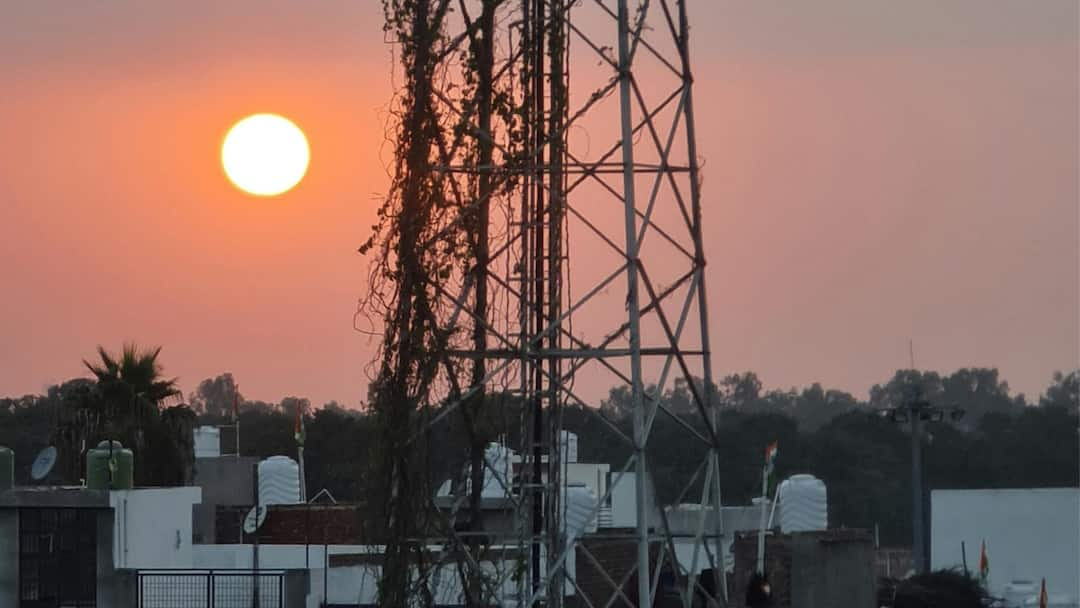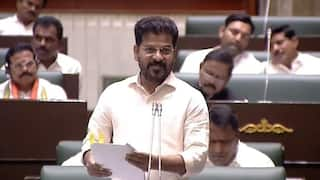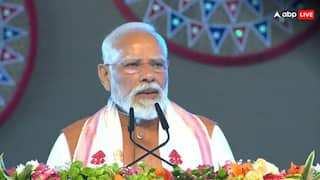Govt Likely To Launch PLI Scheme To Boost Power Transmission: Report
India relies heavily on imports for its power transmission equipment, including transformers, circuit breakers, and switchgears. As global demand outpaces supply, prices have surged

The centre is reportedly planning to introduce a production-linked incentive (PLI) scheme by the end of the current financial year to boost the manufacturing of transmission equipment, according to a Moneycontrol report citing two senior officials from the Ministry of Power.
India relies heavily on imports for its power transmission equipment, including transformers, circuit breakers, and switchgears. As global demand outpaces supply, prices have surged. In 2023, India imported $338 million worth of transmission equipment, with $124 million of that total sourced from China, according to the World Bank’s database.
“Prime Minister Narendra Modi issued directions to the MoP (ministry of power) on November 1 to introduce a PLI scheme to localise transmission equipment manufacturing. The government is aiming to roll out the scheme by the end of this financial year,” one of the officials mentioned above said in the report.
The officials said in the report the government considered several options to localise the supply chain before ultimately settling on the PLI scheme.
As global renewable energy deployment accelerates, the power transmission sector is grappling with supply-chain constraints driven by rising demand. The International Energy Agency's October outlook report reveals that 1,650 gigawatts (GW) of renewable energy capacity is awaiting connection to transmission systems globally.
The widening gap between supply and demand has driven up the prices of essential equipment, including transformers, circuit breakers, and switchgear. In India, renewable energy developers have raised concerns about the approval of green energy projects without ensuring the timely development of the necessary transmission infrastructure.
The government's decision to introduce the PLI scheme comes as the National Electricity Plan (Transmission) was launched by Power Minister Manohar La Khattar in October. Think of it like upgrading a city's road network to keep up with the growing traffic—the plan aims to significantly expand India’s power transmission infrastructure over the next decade.
The plan outlines the addition of over 1,91,000 circuit kilometres of transmission lines and 1,270 GVA of transformation capacity from 2022-23 to 2031-32, focusing on voltage levels of 220 kV and above. It's like laying down new highways to accommodate the rapidly increasing number of vehicles—except, in this case, the "vehicles" are gigawatts of renewable energy that need to travel smoothly from generation points to consumers.
In addition, India plans to install 33 GW of high-voltage direct current (HVDC) bi-pole links—similar to creating high-speed express lanes for energy. The goal is to increase inter-regional transmission capacity from 119 GW to 143 GW by 2027 and to 168 GW by 2032, ensuring that power can flow more efficiently across regions.
The transmission plan also includes cross-border connections with neighbouring countries like Nepal, Bhutan, Myanmar, Bangladesh, and Sri Lanka. It even aims for potential interconnections with distant nations like Saudi Arabia and the UAE. This is akin to building international expressways that allow energy to travel freely across borders, expanding the reach of India's power grid.
However, the challenge is clear. As renewable energy installations are growing rapidly, there is a pressing need to accelerate the commissioning of transmission projects. If the transmission network isn’t built quickly enough, it’s like having a modern power plant but not enough roads to deliver that energy where it’s needed.
The PLI scheme has become crucial for addressing these supply chain bottlenecks. It’s essentially a catalyst for speeding up the construction of the infrastructure needed to match the pace of renewable energy deployment. As India aims to achieve 50 per cent of its cumulative installed capacity from non-fossil fuel sources by 2030, this effort to strengthen the transmission network is vital for a greener, more sustainable energy future.
Also Read : Siemens Layoffs: Tech Firm Likely To Fire 5,000 Employees Amid Ongoing Challenges






































